Ever wished there was a magic formula to know when you’re at your best? Turns out, there kind of is! Google’s executive productivity advisor, Laura Mae Martin, has a simple yet powerful approach to pinpoint your peak productivity times. And the good news is, it doesn’t involve complicated apps or expensive tools.
In today’s fast-paced world, productivity is more than just a buzzword – it’s the key to achieving your goals, both professionally and personally. But let’s face it, we all have those days when focus feels like an elusive unicorn. That’s where understanding your personal productivity rhythms comes in. By identifying when your brain is firing on all cylinders, you can optimize your schedule, tackle challenging tasks with ease, and make the most of every minute.
So, are you ready to uncover the secret to unlocking your peak performance? Let’s dive into Laura Mae Martin’s insightful strategy and discover how you can harness your most productive hours.
The Power of Self-Observation: Laura Mae Martin’s Simple Approach
Martin’s method is surprisingly straightforward: pay attention to your energy levels and focus throughout the day. Sounds simple, right? But the key is in the consistent observation. By tracking your mental state over time, you’ll start to notice patterns and identify the times when you naturally feel most alert and engaged.
The 5 W’s of Peak Productivity Tracking
- Who: You! This is all about understanding your unique productivity patterns.
- What: Track your energy levels and focus throughout the day.
- When: Do this consistently for a week or two to spot trends.
- Where: You can track this anywhere – in a notebook, on your phone, or using a productivity app.
- Why: To identify your peak productivity times and optimize your schedule accordingly.
Putting It into Practice: Tips for Tracking Your Productivity
- Start a Journal: Dedicate a notebook or digital document to track your energy levels and focus at regular intervals throughout the day. You can use a simple scale (1-5) or descriptive words to capture your mental state.
- Use a Productivity App: Several apps can help you track your productivity patterns. Some popular options include RescueTime, Toggl, and Focus Keeper.
- Set Reminders: If you’re prone to forgetting, set reminders to check in with yourself throughout the day.
- Be Honest: It’s important to be honest with yourself about your energy levels and focus. Don’t try to force productivity when your brain is clearly in need of a break.
My Personal Experience with Productivity Tracking
I’ve always been a bit of a night owl, but after tracking my productivity for a few weeks, I was surprised to discover that I actually had a second peak productivity window in the late morning. Armed with this knowledge, I started scheduling my most important tasks for those times and saw a noticeable improvement in my focus and efficiency.
Beyond the Basics: Additional Tips for Optimizing Your Productivity
- Schedule Challenging Tasks During Peak Times: Once you’ve identified your most productive hours, schedule your most challenging or important tasks for those times.
- Protect Your Peak Times: Avoid scheduling meetings or other distractions during your peak productivity windows.
- Take Breaks: Even during your peak times, it’s important to take short breaks to recharge. Get up and move around, or step outside for some fresh air.
- Listen to Your Body: If you’re feeling tired or unfocused, don’t try to push through it. Take a break or switch to a less demanding task.
The Benefits of Understanding Your Productivity Rhythms
- Increased Focus and Efficiency: By working during your peak times, you’ll be able to focus more easily and get more done in less time.
- Reduced Stress: When you’re working in sync with your natural rhythms, you’ll feel less stressed and overwhelmed.
- Improved Work-Life Balance: By optimizing your schedule, you’ll have more time for the things you enjoy outside of work.
Frequently Asked Questions
- How long should I track my productivity? It’s recommended to track your productivity for at least a week or two to get a good sense of your patterns. However, you can continue tracking for longer if you want to refine your understanding further.
- What if my peak productivity times don’t align with my work schedule? If possible, try to adjust your work schedule to accommodate your peak times. If that’s not feasible, try to schedule your most important tasks for those times, even if it means working outside of traditional business hours.
- What if my productivity patterns change? It’s normal for your productivity patterns to change over time. If you notice a shift, simply adjust your schedule accordingly.
Additional Insights from Experts
- “The most productive people I know are incredibly intentional about their time.” – Laura Vanderkam, author of “168 Hours: You Have More Time Than You Think”
- “Productivity is not about doing more things, it’s about doing the right things.” – Chris Bailey, author of “The Productivity Project”
- “The key to productivity is to find your own rhythm and stick to it.” – Cal Newport, author of “Deep Work”
Understanding your peak productivity times is a game-changer. By following Laura Mae Martin’s simple approach and tracking your energy levels and focus, you can optimize your schedule, tackle challenging tasks with ease, and achieve your goals more efficiently. Remember, productivity is a personal journey. What works for one person may not work for another. The key is to experiment, be flexible, and find what works best for you.

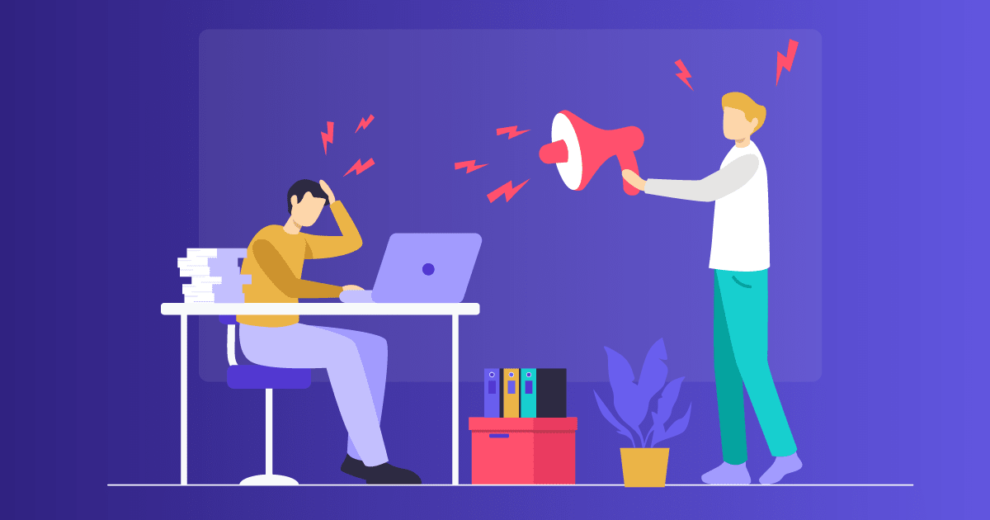
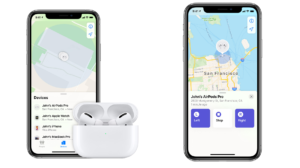

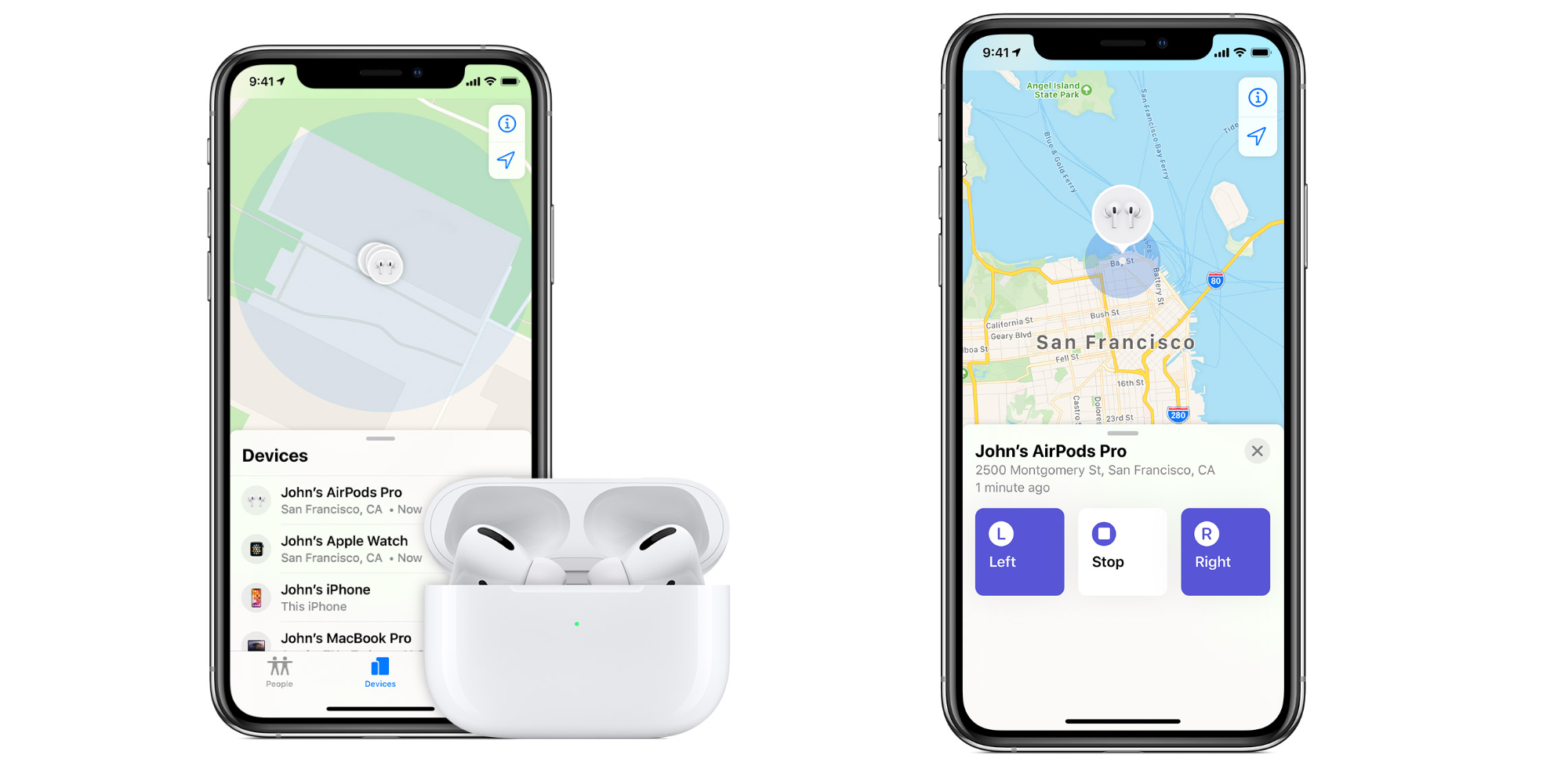

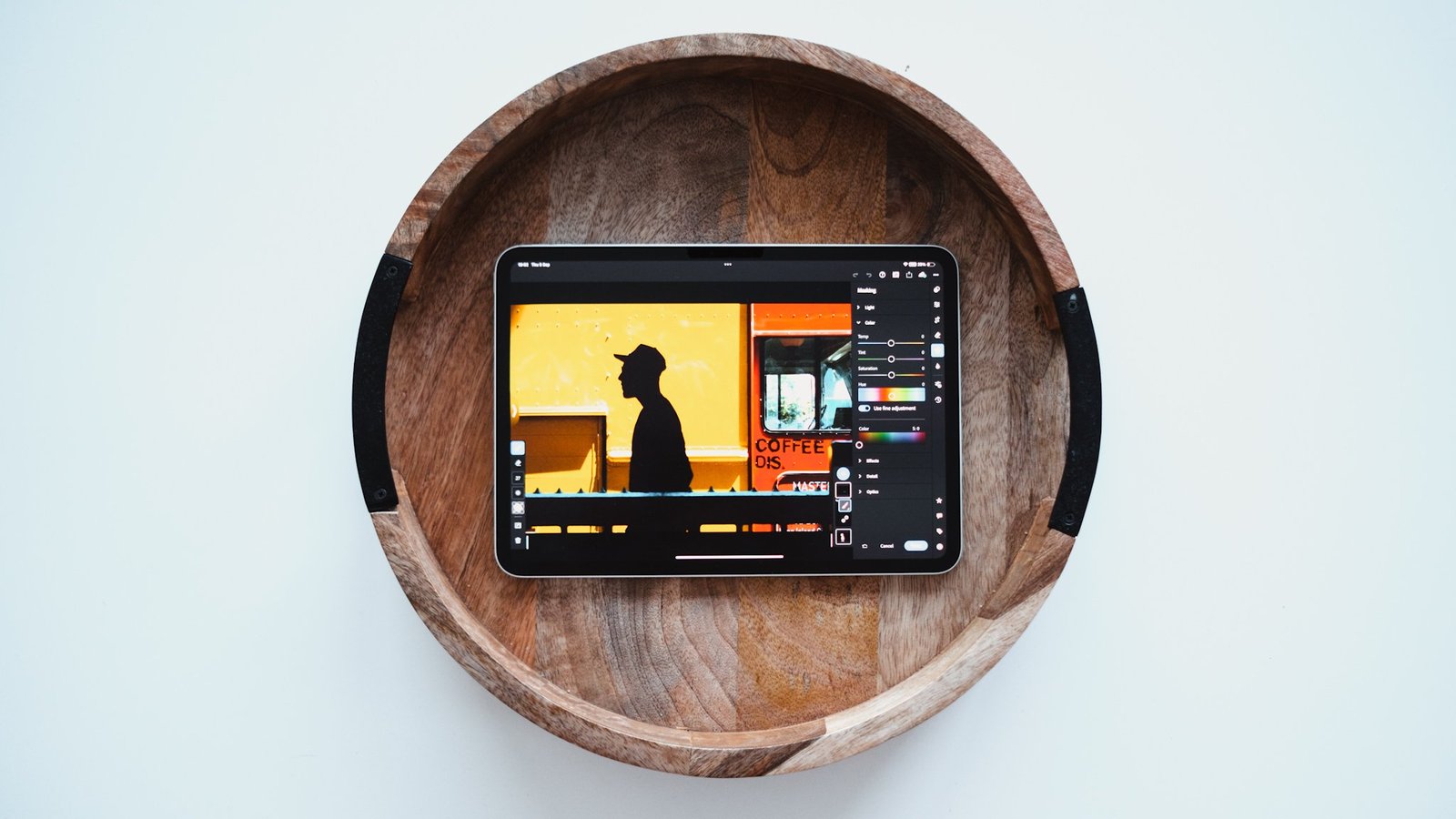
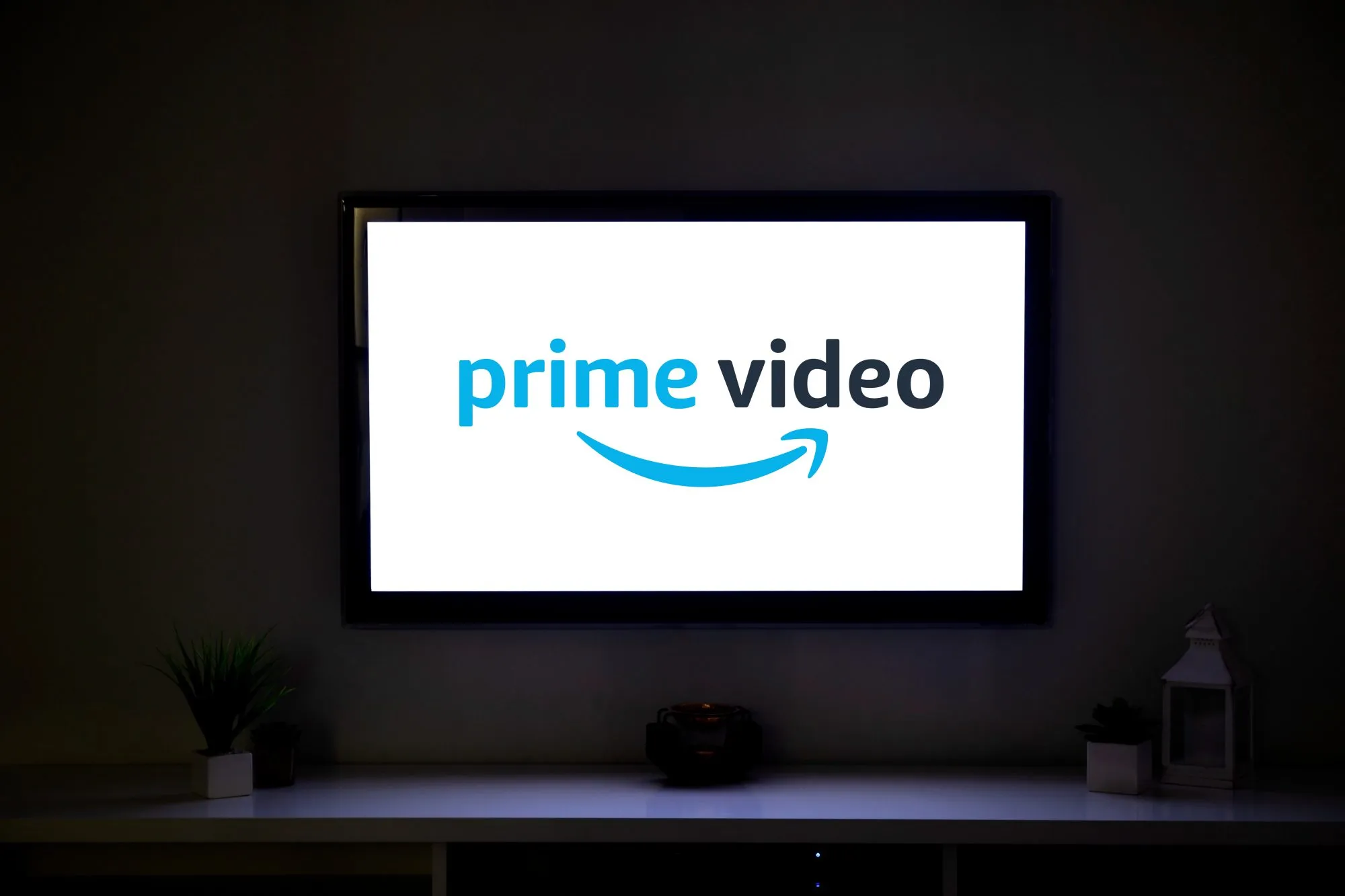









Add Comment